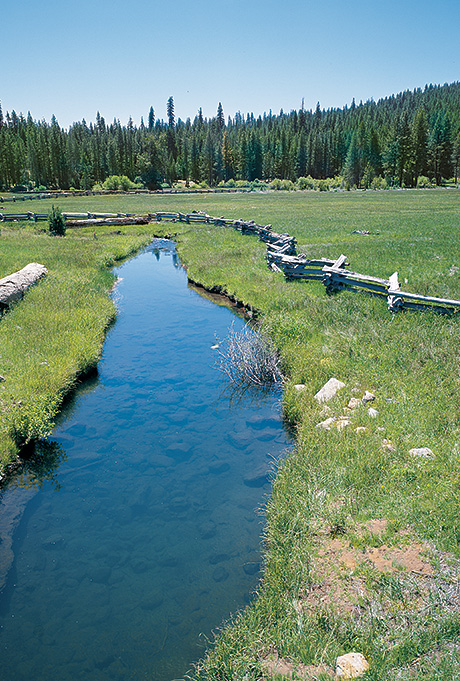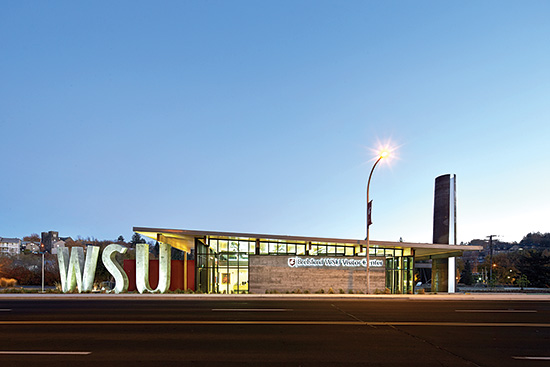Mastering FSC-Certified Wood in Green Building
Changes to How FSC Works in LEED v4 versus LEED 2009
In LEED 2009, the Certified Wood Credit (MRc7) offers a single point if at least 50 percent of permanently installed wood products are FSC certified. Projects that use wood sparingly can earn a point by sourcing relatively small quantities of FSC-certified wood, as long as it’s at least half of the total amount of wood used. There is also an available innovation credit for using 95 percent FSC-certified wood.
LEED v4 takes a different approach to incentivizing the use of FSC-certified products, introducing a new Building Product Disclosure & Optimization: Sourcing of Raw Materials credit whose intent is “to encourage the use of products and materials for which life-cycle information is available and that have environmentally, economically and socially preferable life-cycle impacts,” as well as “to reward project teams for selecting products verifiably extracted or sourced in a responsible manner.”
There are two means for receiving points under the Sourcing of Raw Materials credit:
1.) Using at least 20 different permanently installed products from at least five different manufacturers that have publicly released a report from their raw materials suppliers addressing certain environmental impacts of raw material extraction;or
2.) Using products that meet “Leadership Extraction Practices” for at least 25 percent, by cost, of the total value of permanently installed building products in the project. Under this option, FSC-certified wood is one of a number of products that can count toward the 25 percent threshold. Others include recycled-content products, reused materials and biobased materials meeting the Sustainable Agriculture Network’s Sustainable Agriculture Standard. Also, products sourced within 100 miles of a project site are valued at 200 percent of their cost, and products sourced within 500 miles are valued at 150 percent.
While FSC-certified wood is now one of a list of qualifying products in the Sourcing of Raw Materials credit, there is now an incentive for project teams to source as much FSC-certified wood as possible, regardless of whether the overall amount of wood used is large or small. Any and all FSC-certified wood sourced will get the project team closer to the goal of 25 percent of all building materials used. On the other hand, for commercial projects where wood often accounts for only 5 or 10 percent of the overall cost of materials, even if all of the wood used is FSC certified it won’t be sufficient to earn a point, and the project team will need to source other qualifying materials to reach the 25 percent threshold.

Photo location: Soldier Creek near Chester, Calif.
Collins maintains large naturally-vegetated barriers along waterways (in accordance with FSC standards) to keep the rivers in our drought-prone California forests flowing.

Photo courtesy of Washington State University
Washington State University Visitor Center is a 2014 FSC Design & Build Winner for Creativity and Innovation; Architect: Olson Kundig Architects; General Contractor: Sellen Construction; Sustainability Consultant: Sellen sustainability.









